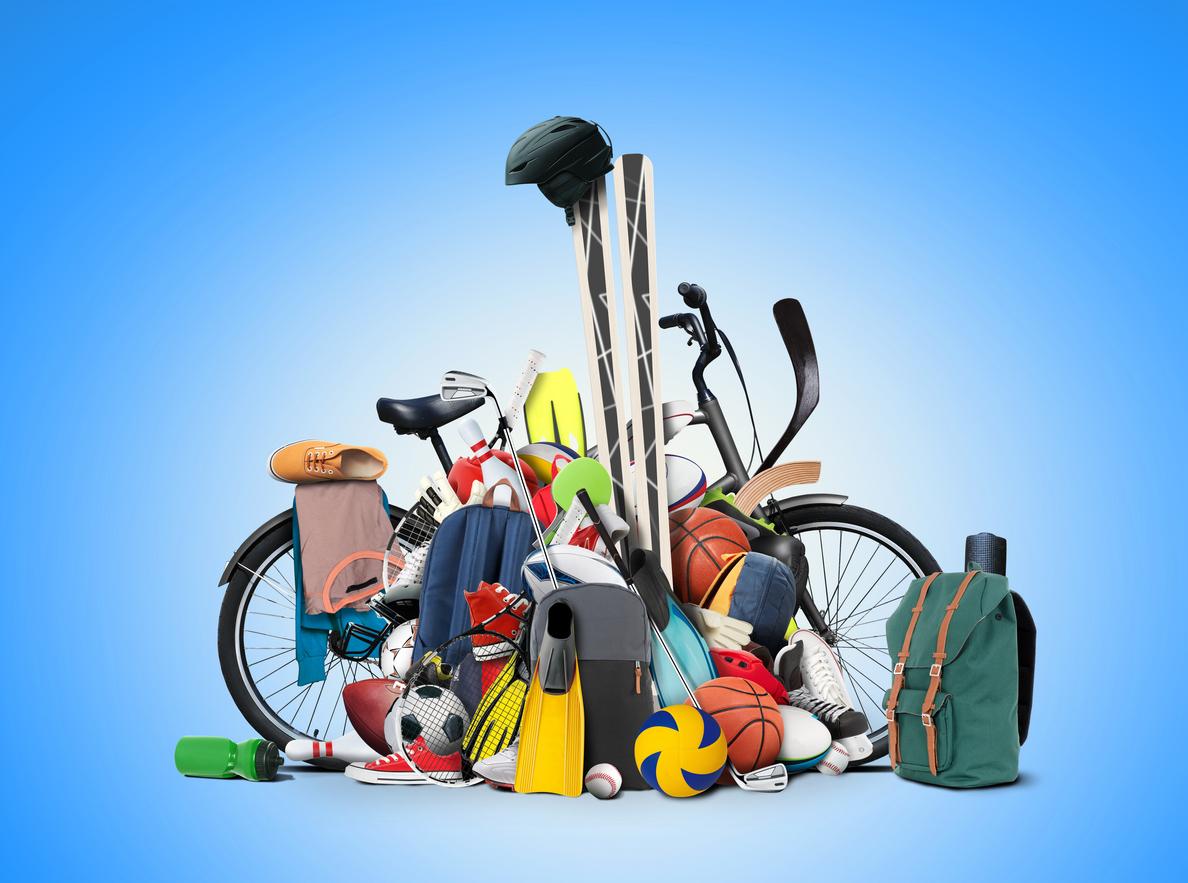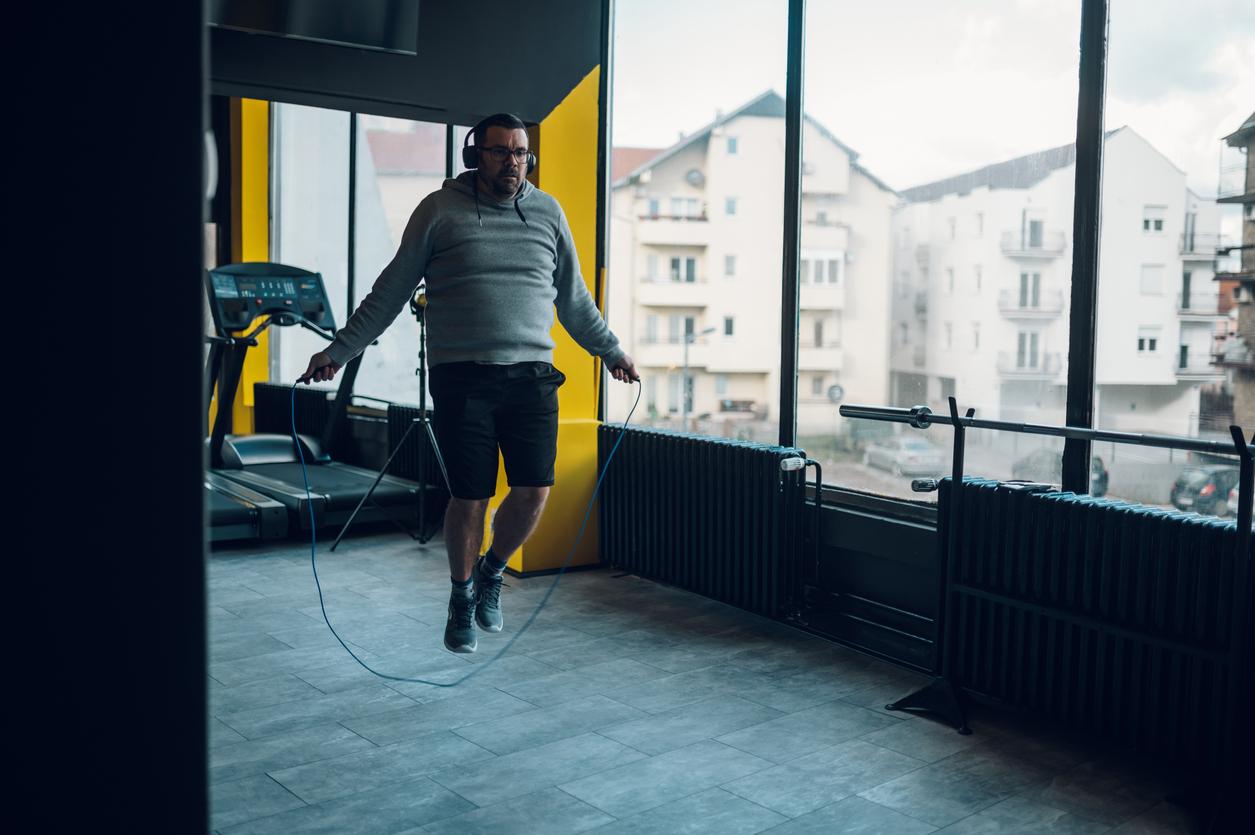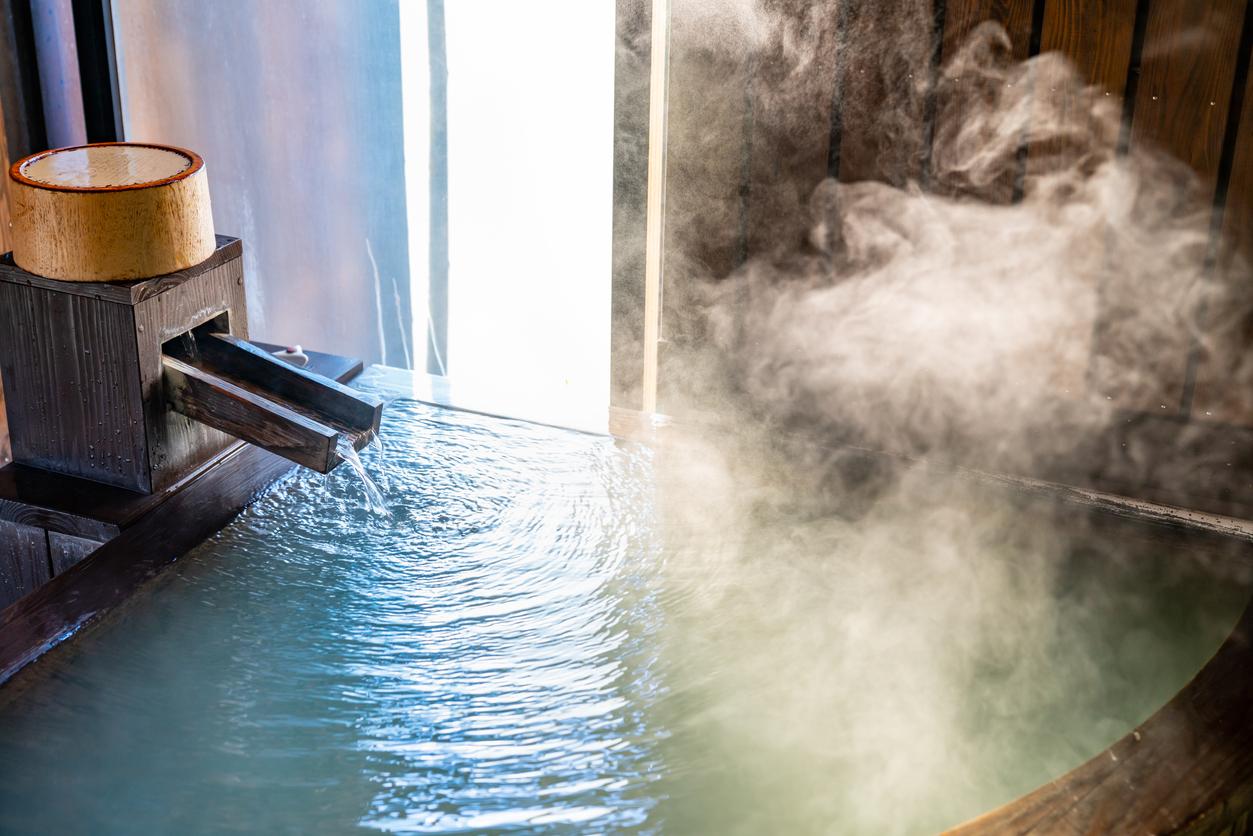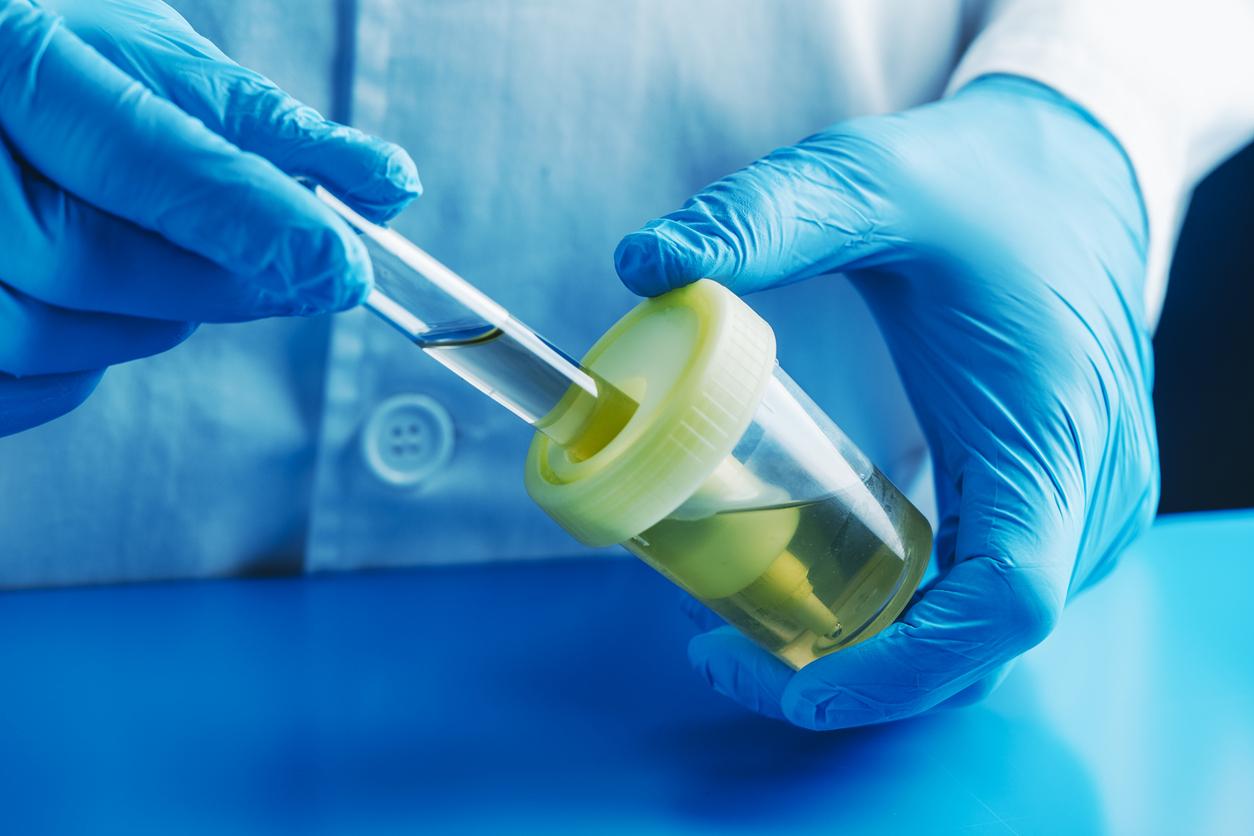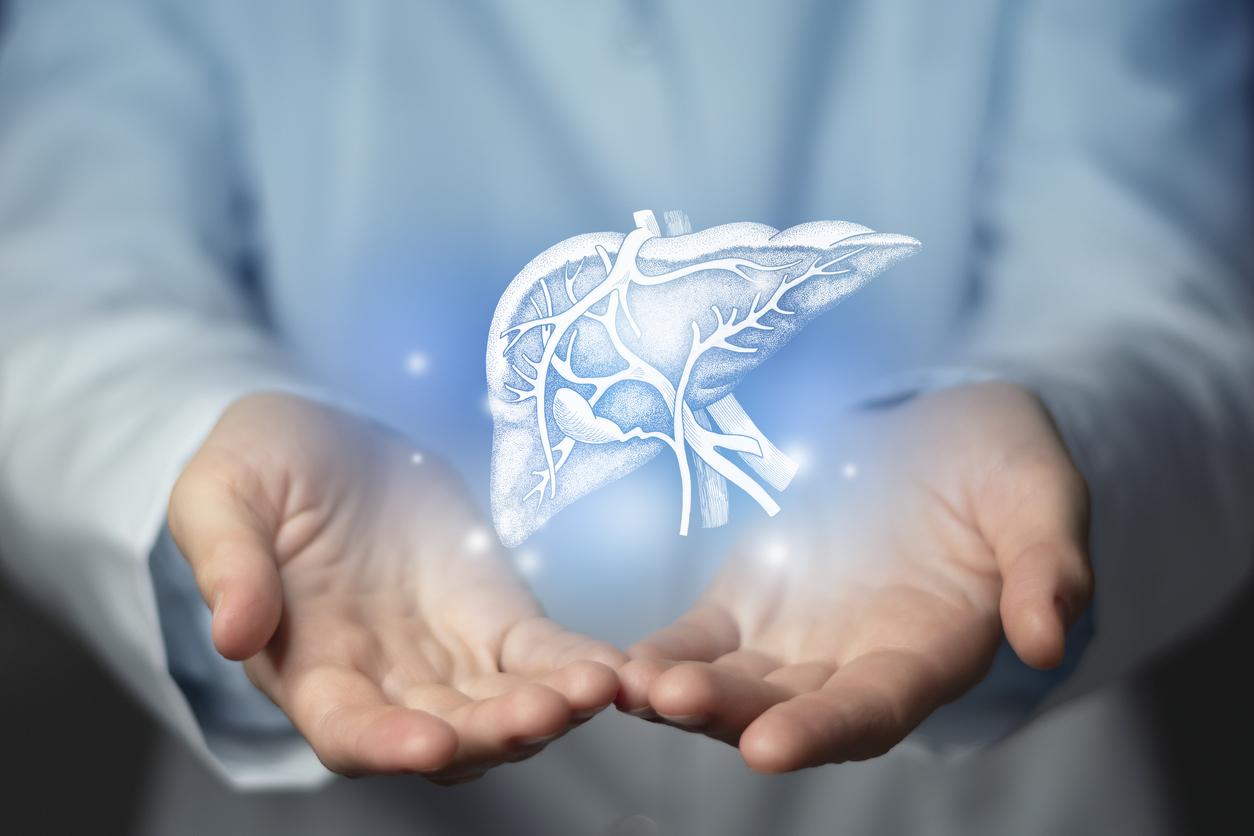Vents made from bacterial cells and grafted onto a jersey open under the effect of the heat and humidity of the body, to cool it.
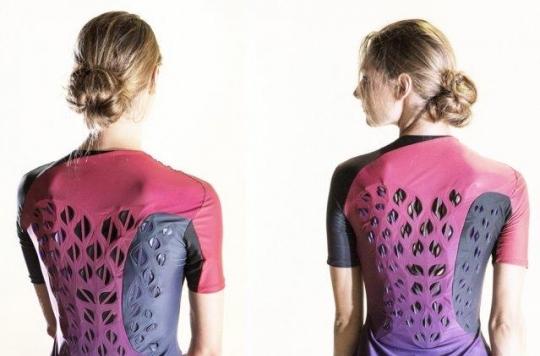
Connected, encased in technology or nanomaterials which modify their thermal properties according to the weather, or harden to temporarily protect soldiers under fire from bullets … Textile technologies are undergoing a revolution, and we could soon find a polo shirt in our shops. heating in winter and refreshing in summer.
But a team from the prestigious Massachusetts Institute of Technology (MIT) goes even further: to create a breathable t-shirt for athletes, they used … bacteria! More exactly, they are cells ofE. Coli non-pathogenic. Grafted in small patches on a runner’s jersey, they behave like small ventilation flaps.
Living vents
MIT researchers used one of the properties of these bacteria: under the effect of humidity, they swell. “These cells are strong enough to twist the substrate to which they are applied,” says Wen Wang, a researcher in the chemical engineering department at MIT, and lead author of the study published in Science Advances.
With 14 colleagues specializing in styling, mechanical and biological engineering, and with the collaboration of researchers from the New Balance brand, they mounted bacterial patches varying in size from a fingernail to a finger on layers of latex. When the t-shirt is dry, the bacteria contract and the latex tightens, and when it is wet, the E. Coli swell, and spread the stitches of the fabric, allowing air to circulate. Repeated a hundred times, the cycle of drying and exposure to steam did not cause any major degradation to the fabric.
Run dry and through the night
“I felt like I was carrying an air conditioner on my back,” Wen Wang enthused after testing the jersey herself on a stationary bike. The researchers did not in fact conceive it at random. To define the positioning, size and performance of the vents, they studied the areas of the back to draw a pattern of heat and humidity. Obviously with discernment, since when tested under exercise conditions, the bacteria activated just as the athletes reported that they were starting to feel hot.
The design of this garment still looks like science fiction, and seems unattainable. But not necessarily, say MIT researchers. The genetic engineering methods used would make it possible to prepare cells quickly, and in large quantities. They even allowed themselves, for their prototypes, to add another property: phosphorescence. In the same way as for the vents, the bacteria patches can also illuminate with the rise in humidity of the athletes.
Bacteria in all textiles?
“We can combine our cells with genetic tools to introduce even more functionalities,” adds Wen Wang. The technology has also been adapted for footwear. Subject to heat and humidity, the vents open and light up.
Researchers are now trying to market their product, in collaboration with brands of products intended for athletes. They are also studying other similar devices, such as curtains or bed sheets that react to mold. Our bed linen may soon tell us when to wash it.
.









